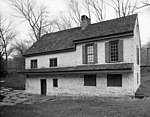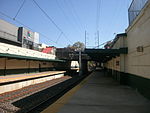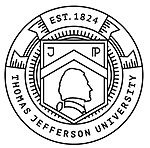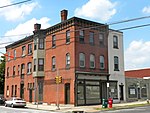Alden Park Manor
Germantown, PhiladelphiaPhiladelphia Register of Historic PlacesResidential buildings completed in 1925Residential buildings on the National Register of Historic Places in Philadelphia
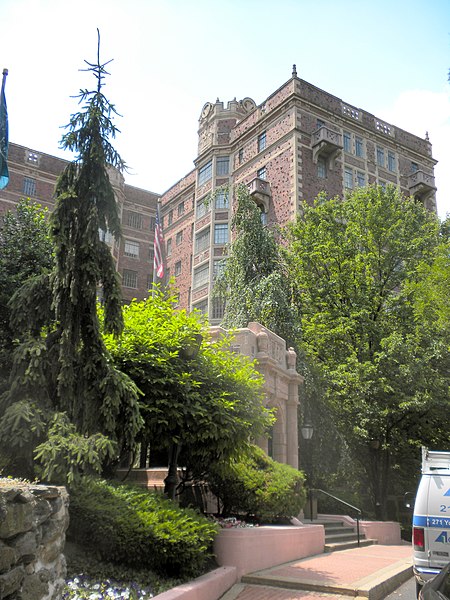
Alden Park Manor is a living community located in the Germantown neighborhood of Philadelphia, Pennsylvania in the United States.
Excerpt from the Wikipedia article Alden Park Manor (License: CC BY-SA 3.0, Authors, Images).Alden Park Manor
Wissahickon Avenue, Philadelphia
Geographical coordinates (GPS) Address Nearby Places Show on map
Geographical coordinates (GPS)
| Latitude | Longitude |
|---|---|
| N 40.026111111111 ° | E -75.186111111111 ° |
Address
Wissahickon Avenue
19144 Philadelphia
Pennsylvania, United States
Open on Google Maps



